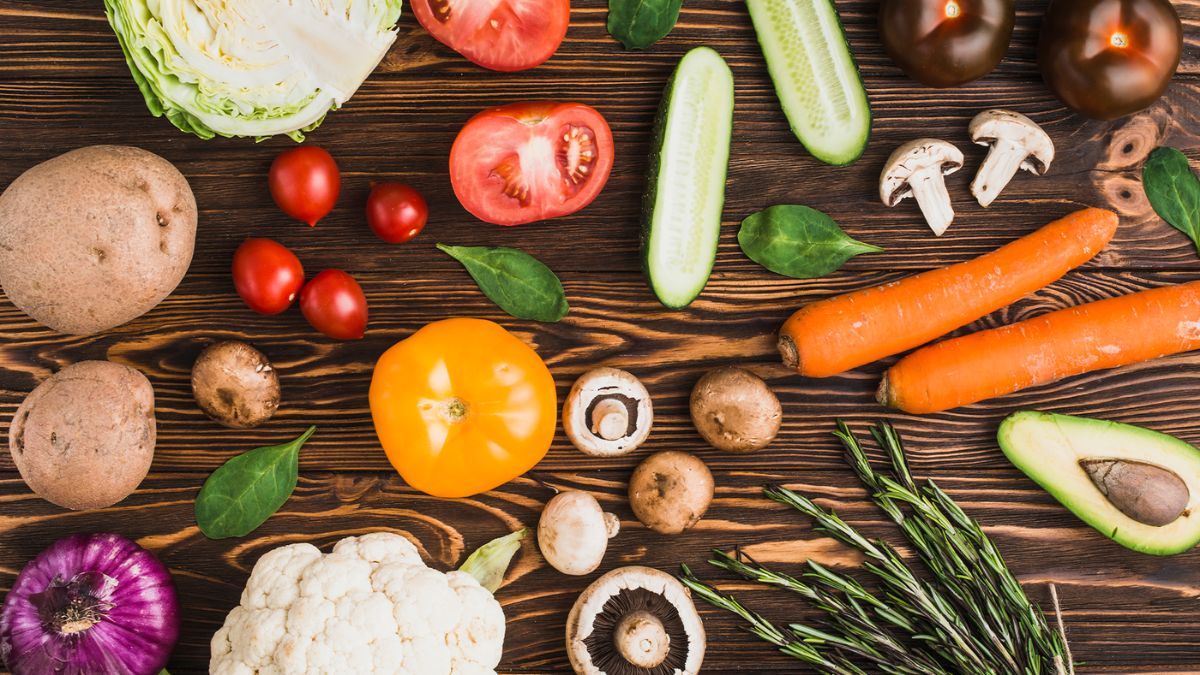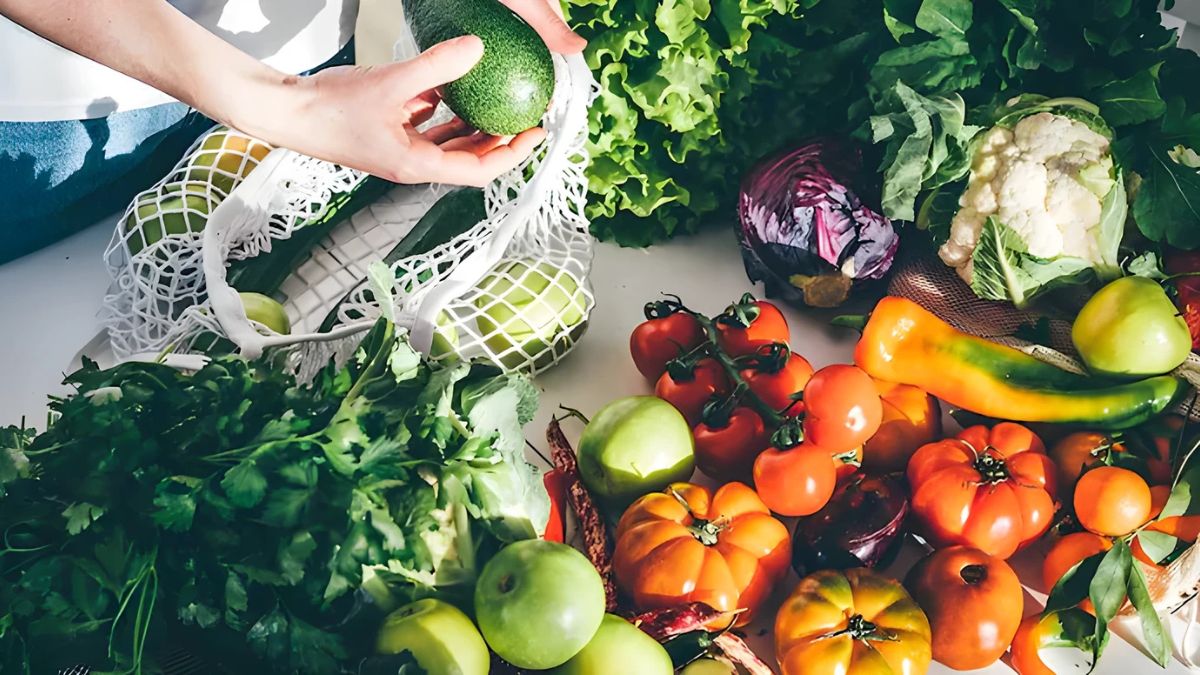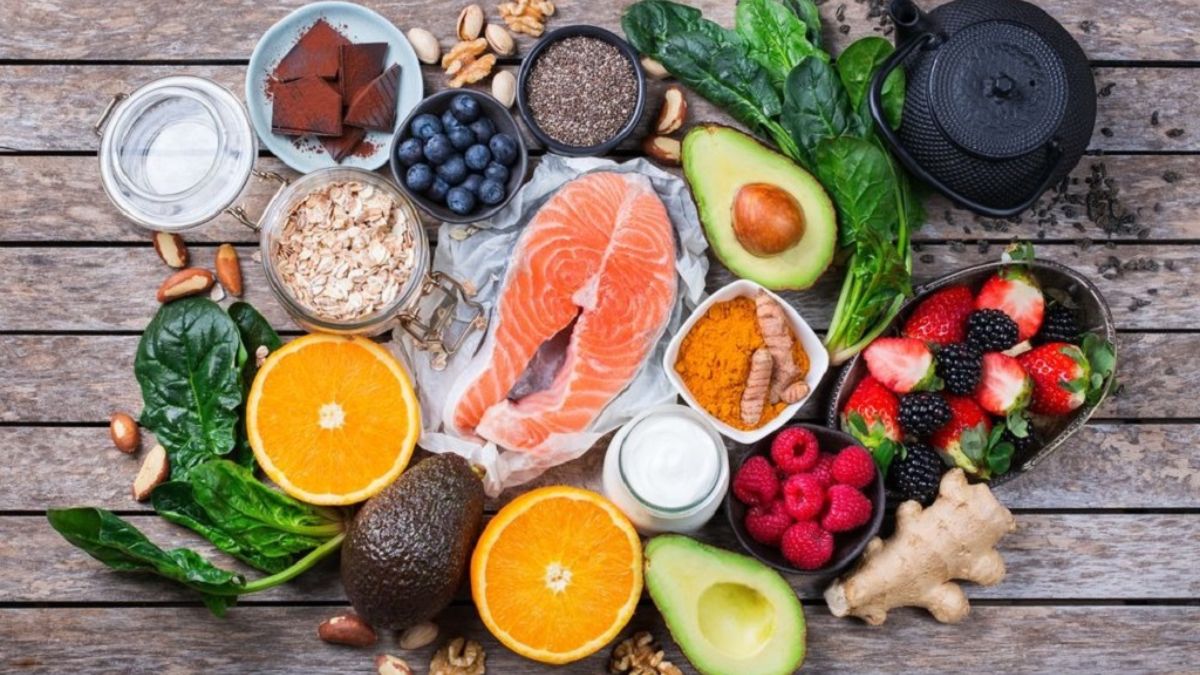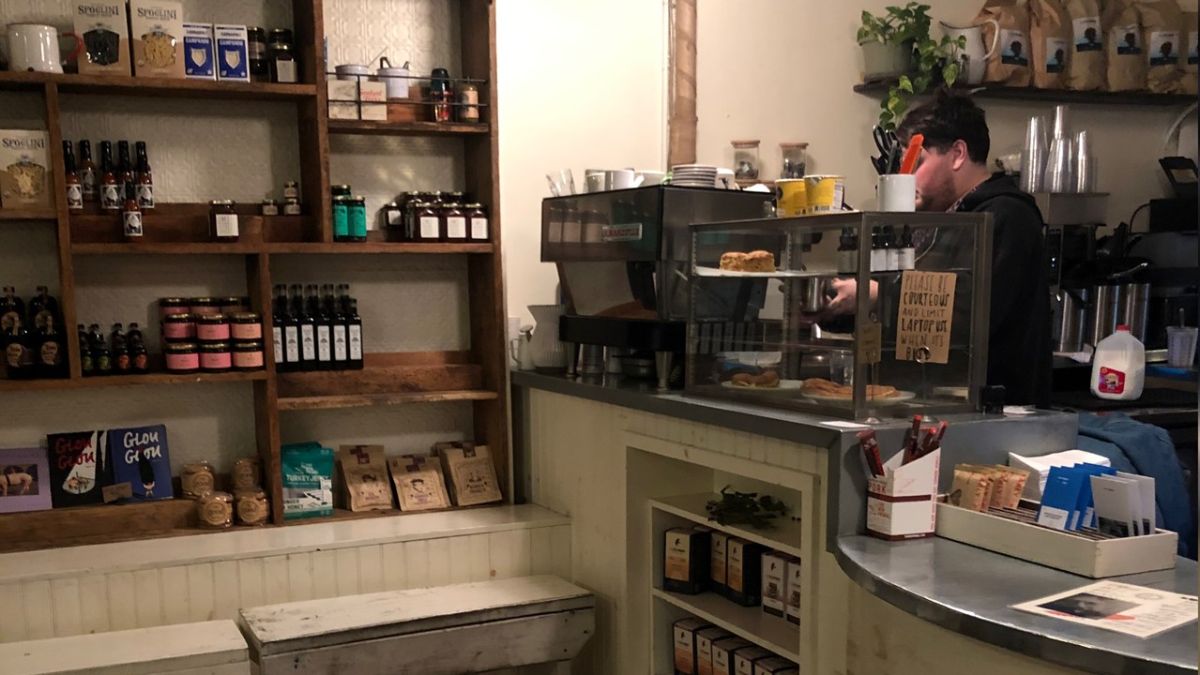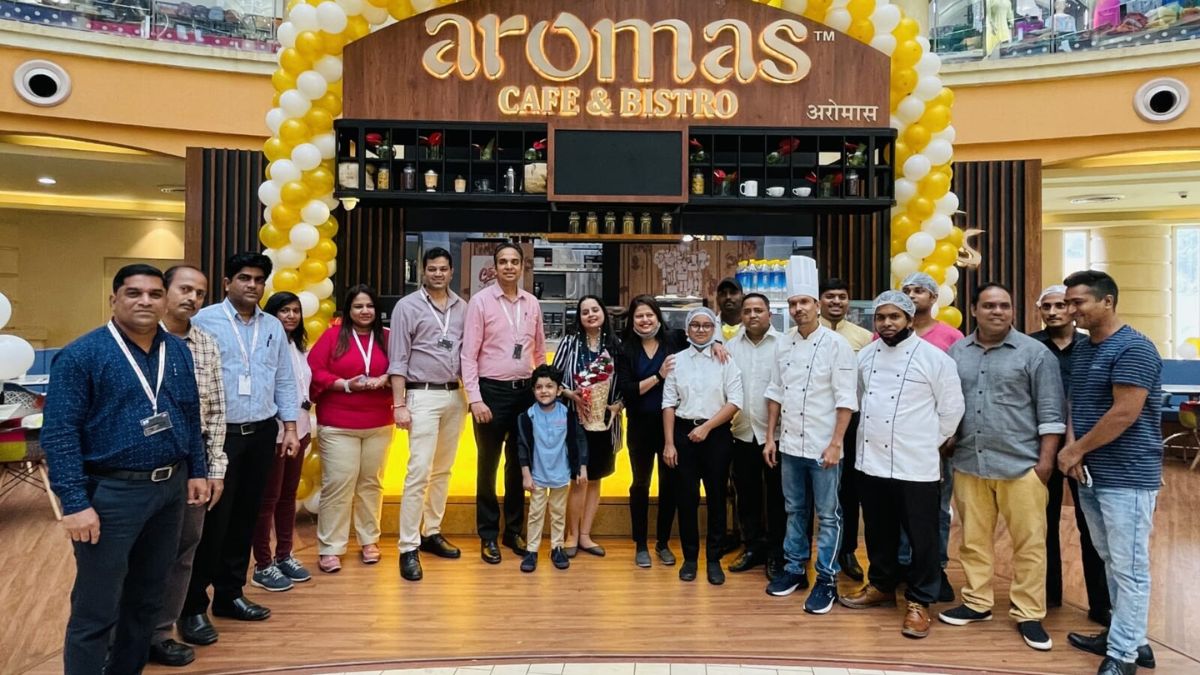When you hear the phrase “locally sourced,” you might think of trendy menus or overpriced farmer’s market finds. But local ingredients are more than just a buzzword—they’re a big deal. From better flavor to supporting nearby farmers, using local produce, meat, and dairy changes everything about the food we eat. Let’s cut into why local ingredients matter way more than most people think.
Freshness
Ever tasted a tomato straight off the vine? Now compare that to one that’s been shipped across the country. Big difference, right?
Local ingredients don’t have to travel far. That means fruits, veggies, and herbs are picked at peak ripeness and delivered fast. The result? Brighter flavors, better texture, and meals that actually taste like something.
In many cases, what’s local is also what’s in season—meaning it’s naturally at its best. No artificial ripening or long refrigeration needed. Just food the way it’s supposed to be.
Nutrition
Here’s a fun fact: The longer food sits in transport or on shelves, the more nutrients it loses. Vitamins like C and B fade quickly after harvest. So when ingredients are local, they get to your plate faster—and that means more nutrients stay intact.
That’s especially important if you care about clean eating or getting the most out of what you cook. Local food often means healthier food, without even trying.
Economy
Buying local ingredients doesn’t just support your health—it supports your community. Every time you buy from a local farmer, baker, or producer, your money stays in the local economy. That means more jobs, stronger small businesses, and thriving rural communities.
It’s kind of like voting with your wallet. Choose local, and you’re choosing to help your neighbors succeed.
Environment
Let’s talk carbon footprint. Transporting food across the country—or the globe—takes a toll on the planet. Trucks, planes, and ships burn fuel, release emissions, and contribute to pollution.
Local food skips the long-haul journey. Less transport means lower emissions, less packaging, and often more sustainable farming methods. It’s a win for your plate and the planet.
Here’s a comparison to put things in perspective:
| Factor | Imported Produce | Local Produce |
|---|---|---|
| Travel Distance | 1,500+ miles | <100 miles |
| Harvest Timeframe | Early (pre-ripe) | Ripe on pick |
| Carbon Emissions | High | Low |
| Nutrient Retention | Medium to Low | High |
| Packaging Use | Heavy | Minimal |
Connection
One thing people forget: Food tells a story. And when that story includes people you know—like the farmer at your Saturday market or the beekeeper down the road—it makes meals feel more personal.
You’re not just eating carrots. You’re eating John’s carrots, from his farm that’s been in the family for three generations. That kind of connection turns eating into something deeper. It creates pride, tradition, and even trust.
Quality
Local doesn’t mean basic—it often means better. Local meat tends to be more responsibly raised. Local dairy is usually fresher and less processed. Local eggs? Don’t even get us started—once you try farm-fresh, there’s no going back.
Smaller farms and food producers often care more about the end result, because they’re not mass-producing. That attention to detail shows up on your plate.
Price
There’s a myth that local always means more expensive. Not true. While some specialty products can cost a little more, many local ingredients are competitive in price—especially when you buy in season.
And here’s the thing: even if you do pay a little extra, you’re paying for value—better taste, better nutrition, and better ethics.
Next time you’re shopping, try grabbing something local instead of imported. Start small. Tomatoes. Honey. Eggs. You might be surprised how much better they taste—and how good you feel supporting your community while you’re at it.
FAQs
Are local ingredients healthier?
Yes, they retain more nutrients and are often fresher.
Is local food better for the planet?
Definitely. It reduces transport and lowers emissions.
Is local food always more expensive?
No. Many local items are priced competitively, especially in season.
Where can I find local ingredients?
Try farmers markets, local grocers, or community-supported farms.
Do restaurants use local ingredients?
Many do. Just ask—they’re usually proud to share it.

